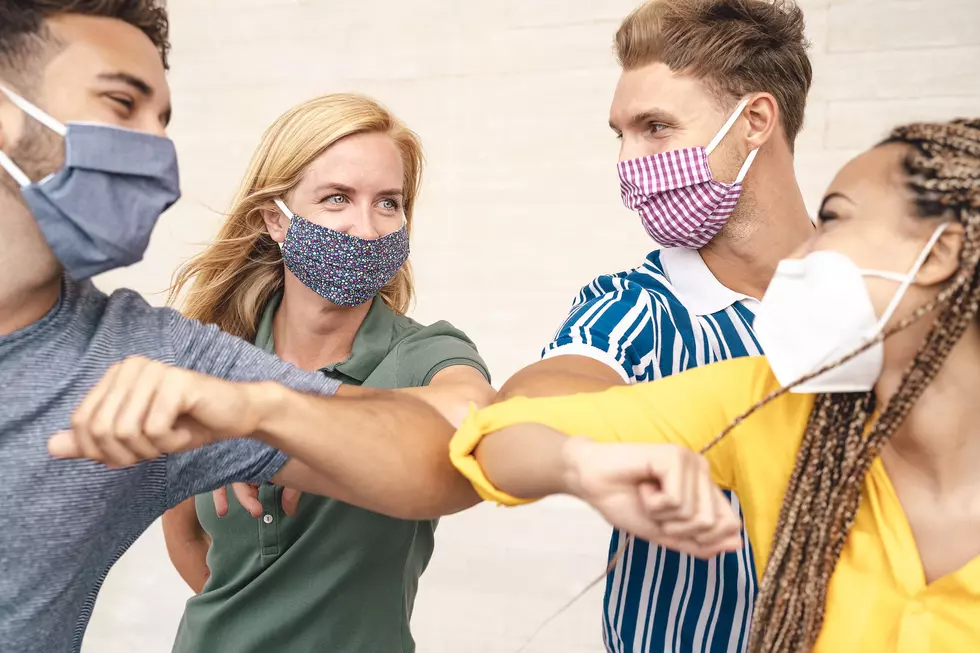
How Colorado Handled A Pandemic Before Facemasks
Pandemics are nothing new, but the way we handle them sure has changed in the last 100 years.
According to History.com, in the 1800s, tuberculosis was the leading cause of death in the United States. There was no vaccine or antibiotic. A patient's best hope was to move to a drier, higher climate, and that's what brought many people to Colorado. Physicians believed that fresh air and sunshine could cure many ailments. Treatment facilities for TB patients started popping up, including the first one in Denver in 1860.
At the time approximately one in three Colorado residents suffered from TB, and one-third of all deaths in the state were attributed to TB.
The symptoms of TB sound very familiar in relation to today's COVID scene - chest pain, coughing, shortness of breath, along with other symptoms. While the term "social distancing" did not exist yet, that's precisely how TB patients were treated. Sometimes this would be in a health spa-like facility, but those who couldn't afford the treatment would be houses in sanatoriums, which, essentially were a collection of small tents or huts where the patients could be isolated. People would sit outside for as long as 10 hours, even in a blizzard, in order to be exposed to the fresh air. Some would eat rare plants and sip mineral water.
At the time, doctors didn't realize TB could be spread only by close contact with an infected person's breath. Consequently, worthless restrictions were put in place. Spitting was outlawed, and women were encouraged to shorten their dresses so they wouldn't spread the disease with dust from the streets of the city. At one point, the Colorado legislature discussed the idea of making people infected with TB wear bells around their necks as a warning sign to others to keep their distance.
At long last, the TB pandemic in Colorado came to an end in the 1940s when antibiotics became an effective treatment for the disease. However, around the world, TB remains a serious problem. According to the World Health Organization, 1.4 million people died globally from TB, and, just like with COVID, many people who died had underlying health conditions such as HIV.
It's interesting to look back and see how Colorado handled a pandemic 100 years ago. Hopefully, this time around it won't take several decades for us to get COVID-19 under control.

KEEP READING: Scroll to see what the big headlines were the year you were born
More From 99.9 KEKB - Grand Junction's Favorite Country









